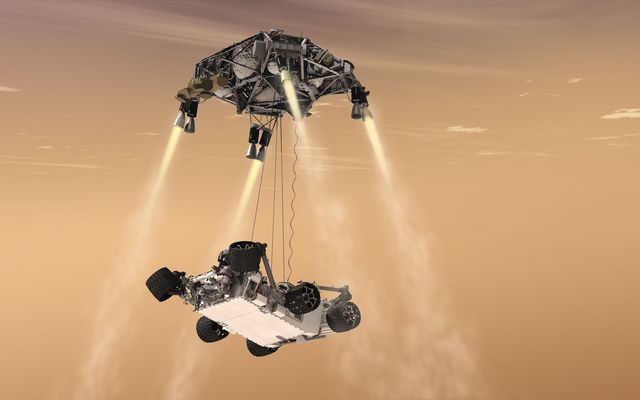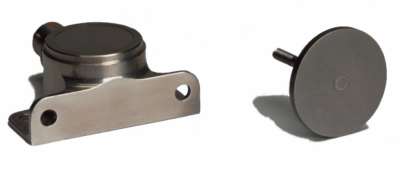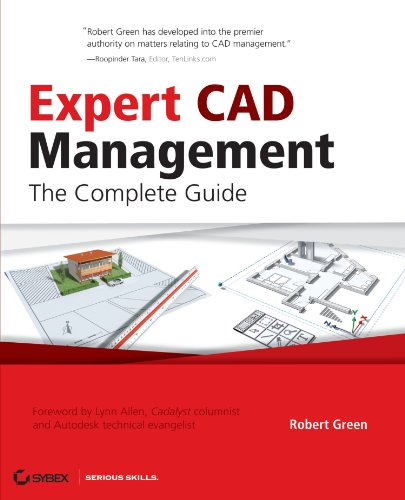When you’re fighting your way through what seems to be endless years of study at high school and college, it’s easy to forget about the goals you are working toward, That one day all this hard work will be well worth it when you find yourself working in a dream job – thanks mainly to the effort and perseverance that you have maintained during your early years of study. Hang in there. It is worth it regardless of what you might think sometimes!
But what does a dream job look like? That’s entirely subjective of course, but for many a career with NASA might not be too far from perfect.
Space exploration, whether it be through telescopes watching the skies or probes sent to far away planets, is the culmination of thousands of people’s work, collaborating together to solve the innumerable problems that arise when you try to reach beyond what seems possible.
Being that there are so many aspects to the work, describing someone as a “NASA engineer” could mean a thousand different things of course. In this case, we had a chance to speak with Edward Gonzales, an electromagnetic compatibility engineer at NASA’s Jet Propulsion Laboratory in Pasadena. Edward spoke with us about his experiences, his work, and how he ended up at NASA.
My name is Edward Gonzales, and I’m an Electromagnetic Compatibility (EMC) Engineer at the NASA Jet Propulsion Laboratory in Pasadena, CA. I’ve been here for a little less than a year, but in that short time I’ve had the chance to get my hands on a lot of amazing projects: electronics that will be on Hubble’s successor the James Webb Space Telescope, instruments on the Mars 2020 rover, the “flying saucer” LDSD, and earth observatories like Grace Follow-On and SWOT.
As an EMC engineer, my job is to make sure that all the electronics on a spacecraft don’t interfere with each other. We can see the effects of EMC in our daily lives when you turn on the blender and the lights dim or when your cell phone buzzes in your speakers just before getting a call. On a spacecraft, that kind of interference can mess with operations and scientific data, and in the worst cases it can be mission-ending! My job is to minimize the effect of interference by analyzing the electromagnetic environment (usually by hand calculation or computer simulation), writing requirements around that environment, ensuring appropriate spacecraft and component design based on those requirements, and ultimately making sure the whole thing works.
Dr Ayanna Howard talks about her experiences as a NASA engineer at JPL.
Hear from three more engineers about their careers with NASA.
thumbnail – Leveraging Heritage Technology: Mars Rover Curiosity’s Sky-Crane Maneuver, Artist’s Concept – Courtesy NASA/JPL-Caltech.








